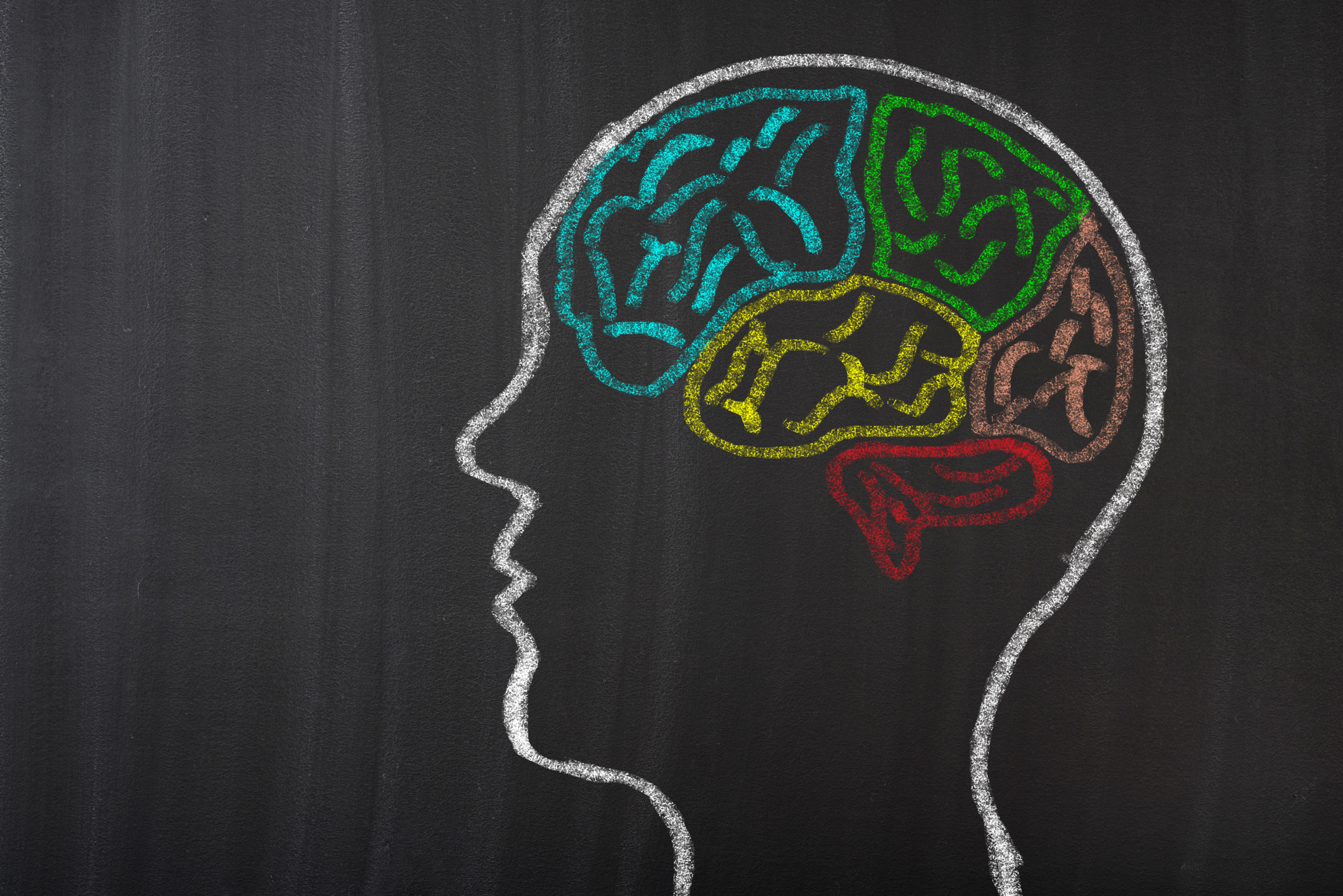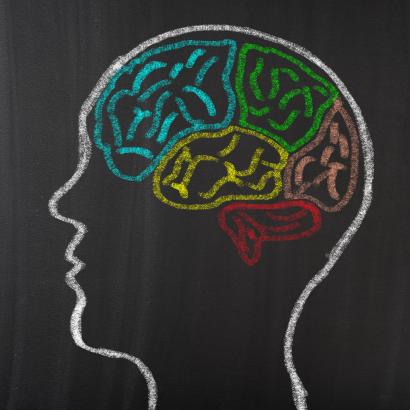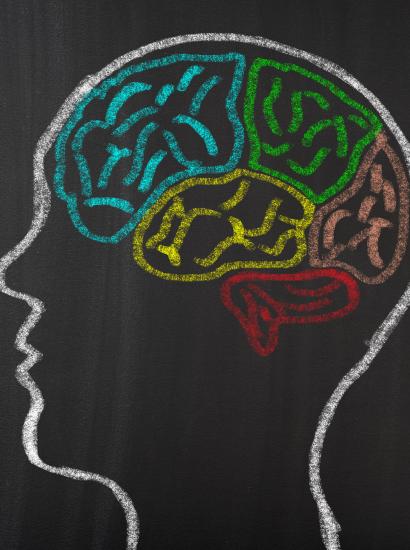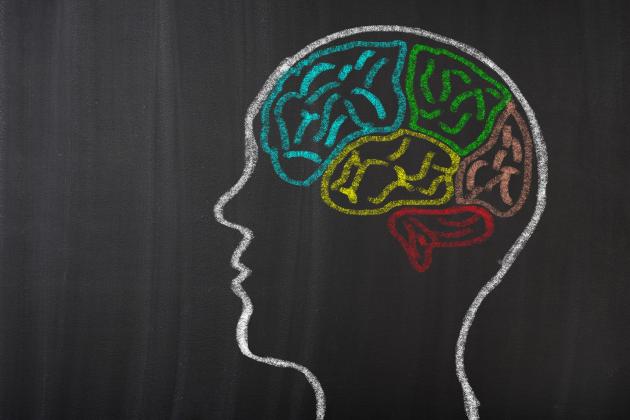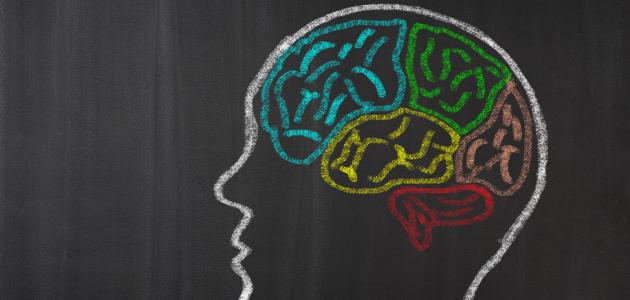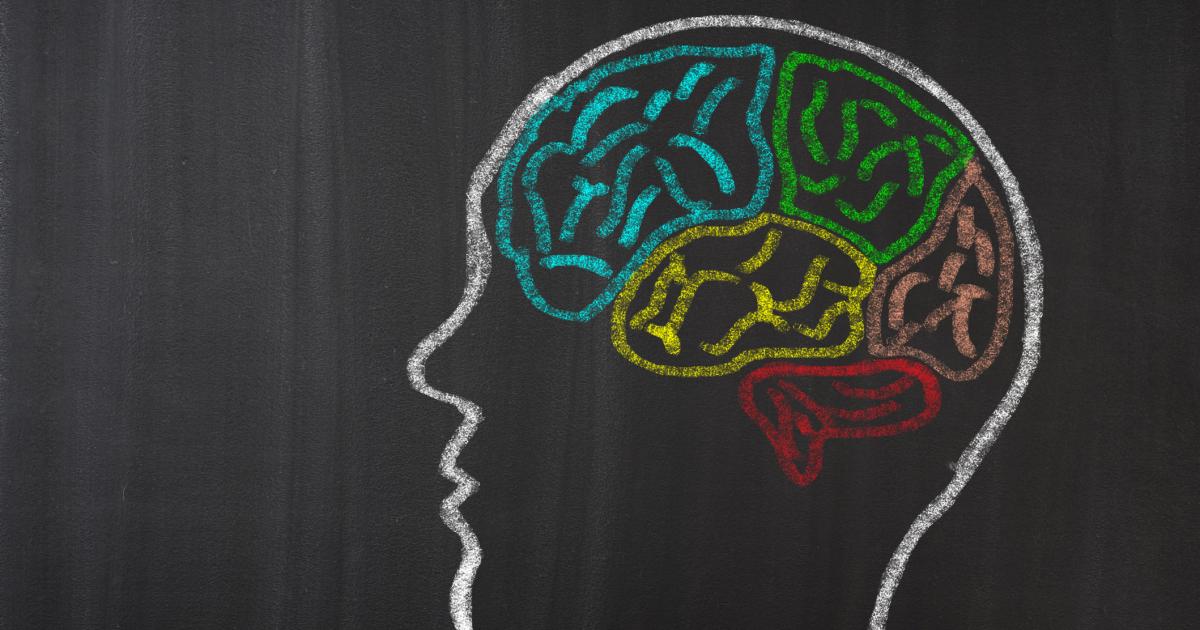The death of Professor Daniel Kahneman last week inspired a set of tributes that surely marked him as one of the most innovative and important thinkers of the past century in the borderland between psychology and economics. Kahneman was awarded the Nobel Prize in Economic Sciences in 2002 and the Presidential Medal of Freedom in 2013. His fame stems from two sets of work, both of enormous influence. In the earlier period, Kahneman and his longtime friend, the late Amos Tversky, pioneered a revolution in thinking about how the mind works, chiefly with cognitive biases. Then in 2011, Kahneman published his runaway bestseller, Thinking, Fast and Slow, which explained how everyone uses two different sets of tools to make sensible decisions under conditions of uncertainty.
Their goal in the earlier efforts was nothing less than to dethrone in stages the dominant rational-choice models that had been developed by Ronald Coase and Gary Becker, both Nobel Prize winners and stalwarts of the then-regnant Chicago School of economics, which asserts, with some simplification, that individuals are rational actors who work hard to take efficient, i.e., cost-effective, steps to achieve whatever subjective preferences they seek to maximize.
That model was generally tractable, and it allowed major advances to understanding basic market mechanisms on exchange of goods and services which were pioneered by Coase, who, in his work on “The Nature of the Firm” (1937) and “The Problem of Social Cost” (1960), pointed to the need to minimize transaction costs on such key decisions as whether—and if so, how—to form a firm or enter into a set of spot contracts. Becker, for his part, extended the theory of rational choice in an effort to explain The Economics of Discrimination (1971), most notably by race, and also by sex and the determinants of investment in Human Capital (1964).
The stated mission of Kahneman and Tversky (his longtime collaborator died in 1996) was to overthrow this model by identifying glitches in human behavior whose persistence could be verified by a series of well-orchestrated experiments. These experiments were meant to show the persistence of deviations from the rational-choice model that required a fundamental revision of the model. In their early and immensely influential work, they sought to show how powerful cognitive biases influenced the observed behavior of even the most determined individuals in two articles of immense influence, the first on heuristics and biases and the second on the way in which the assessment of risk under uncertainty deviated from the rational-choice model. And then, Kahneman published to much acclaim his extraordinarily influential Thinking, Fast and Slow, which cemented his reputation as a creative thinker of the first rank.
It was my great honor to have crossed swords with Kahneman in the academic year 1977–78 when we were both fellows at Stanford’s Center for Advanced Study in the Behavioral Sciences, and Tversky was down the hill on the main Stanford campus. Before that time, I had worked with both Becker and Coase at the University of Chicago. To my mind, both of these dominant schools missed two things that help how various human decisions was made. The first was the institutional context in which individual choice is always embedded, and the second was the profound influence that evolutionary biology (then called sociobiology) has in explaining mainsprings of human behavior.
Just by coincidence, in that year David Barash, one of the leading exponents of the field of evolutionary biology and the author of Sociobiology and Behavior, presented an alternative explanation as to why the austere, individualist assumptions of the rational-choice model failed, especially as they related to the family. Neither Kahneman nor Tversky attended those seminars, and Becker’s “A Theory of Social Interactions” (1974) (presented that year at the center) between individuals within the family did not square with the evolutionary approach. In essence, my views were that both of these parties made parallel mistakes in basic theory by ignoring those insights.
Take these in order.
Kahneman is closely associated with the identification of the so-called endowment effect, which posits in its simplest form that the bare ownership of a given object generates a source of new value such that the willingness to accept (WTA) is a higher number than the willingness to pay (WTP), which violates the basic rational-choice norm that the two figures should be equal for ordinary individuals. The effect was demonstrated by a series of controlled experiments that presented various scenarios to college student in which they alternatively owned or could acquire the same coffee mug, and in which WTA was higher than WTP. I raise an institutional objection. Just note that the percentage of goods in an economy that are bartered or sold in this fashion is vanishingly small. Most goods are sold by salespeople who do not own the goods in question, but who receive either a salary or a commission, or some combination of the two that is based on the quantity and the value of the goods sold. There is no reasons why agents should experience an endowment effect, even if owners of distinctive works—fine arts, for example—will decline to work as hard as they can to sell their works, reserving for themselves a few works to which they have a special attachment. There are also the routine cases of estate sales and garage sales, by which individuals dispose at steep discounts of much of what they or their parents own. In these cases, the rational models of Coase and Becker work a bit better, because they allow the analyst to determine how firms should be organized and how pay scales should be organized for employees at all levels within the firm.
But even here there is a reason for caution. For even if all individuals seek to realize their preferences, there is no reason to assume with regards to matters of taste a uniform competence. These differences help explain which fields appeal to different individuals and which jobs they can hold in various business, charitable, and social organizations. Yet no descriptive or normative implications of some localized endowment effect explains these relationships.
The evolutionary theory also requires a profound deviation from the individual model of rational choice to take into account the key writings of W. D. Hamilton (1964) on the notion of inclusive fitness, which states that individuals have a built-in mechanism to make sure that their actions maximize not only their own welfare but that of their offspring and other relations, to make sure that their genes pass on to the next generation. At this point, pure egoists die out in one generation because they cannot bring their offspring to the same level of maturity that they enjoy. All relations in the family involve trade-offs and compromises as the parents will, given changes in cost conditions, in the simplest cases provide two units of perceived benefits to offspring if it costs them one or less units to do so. Parent-child conflicts are thus apparent, such as in weaning, where the offspring will wish to keep nursing longer than the mother wants to do so. It also explains the different relationships that fathers and mothers have with their offspring. The interdependent utilities of two siblings will lead them to cooperate to a greater extent than relations with strangers, which helps explain how family businesses are structured.
Behavioral economics shows little interest in these huge forces, which led Tversky at one time to quip, “Listen to evolutionary psychologists long enough, and you’ll stop believing in evolution.” But how then to explain family structures?
At one time, George Stigler, a rational-choice economist who was also suspicious of how evolutionary forces operated, postulated that family relationships were really bargains between the generations so that parents took care of the young in exchange for a promise that when the time came, the children would take care of the parents. Put aside for the moment the discount factor, and think of this question my wife asked George at some social occasion: why, then, do parents take care of sick or disabled children? George walked away.
The evolutionary bias does not undercut any distinction between thinking fast and thinking slow, as in Kahneman’s celebrated book. But it has a huge omission insofar as it does not deal with the autonomic system that operates for all sorts of behaviors, for example, breathing and fright, that are instinctual because even fast thinking is too slow—which opens up a third cognitive behavior, driven by evolutionary processes.
In sum, both the rational-choice and the behavioral theories have too narrow a focus. The correct approach starts with the assumption that a catalog of forces are in play, and then looks closely at particular settings to get some sense of their relative strength. Thus it becomes safe, for example, to ignore in arm’s-length business transactions interdependent utilities, when it is not safe to do so in dealing with the nuclear family—or, in earlier times, the clan or larger family group, where within-group redistribution is the norm and not some odd exception.
My great fortune was to see how all those forces came together in 1977 when I interacted closely with Daniel Kahneman and Amos Tversky. I came out much the better for those spirited intellectual exchanges.







